Researchers develop a biomimetic hydrogel with photodynamic antimicrobial effect.


Researchers develop a biomimetic hydrogel with photodynamic antimicrobial effect.
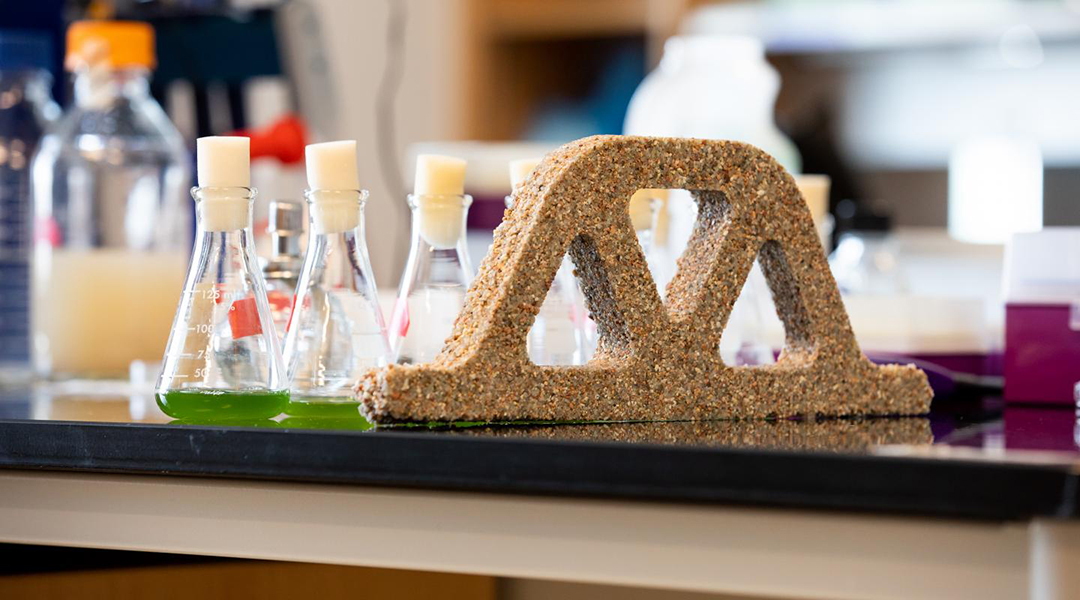
Regenerating bricks are created from sand, gelatin, and bacteria.
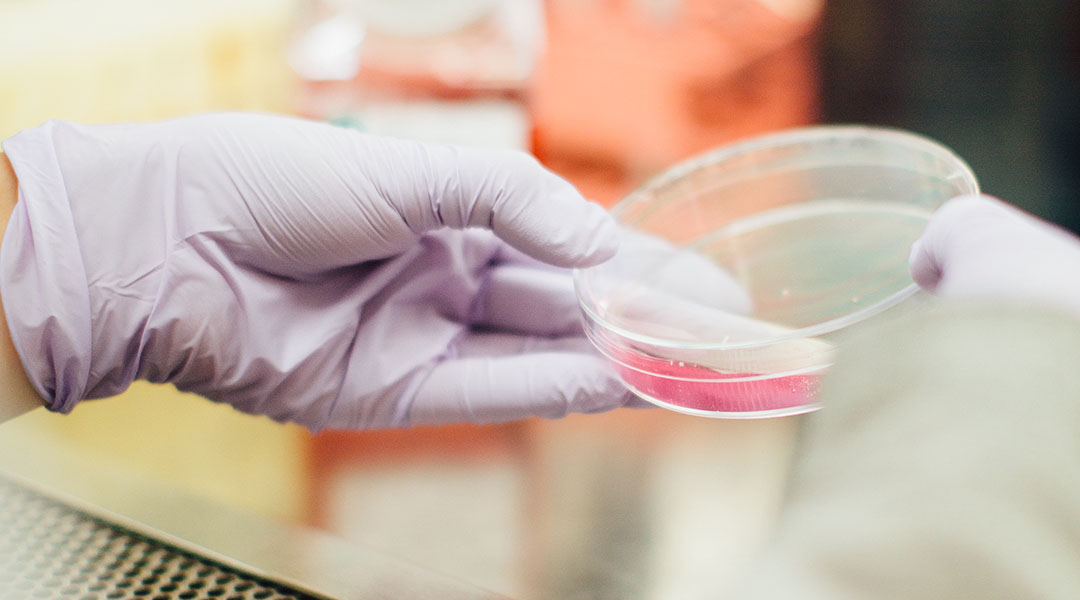
Researchers have successful implanted artificial factories into living cells with the hope of producing molecules for therapeutics.
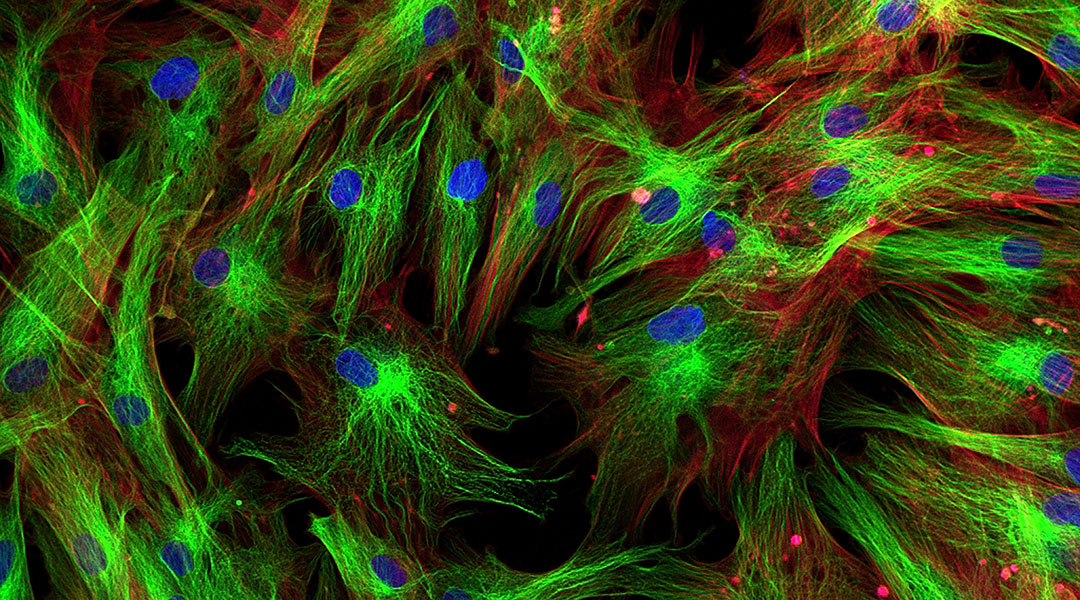
A molecular probe maps misfolded proteome state in live cells.
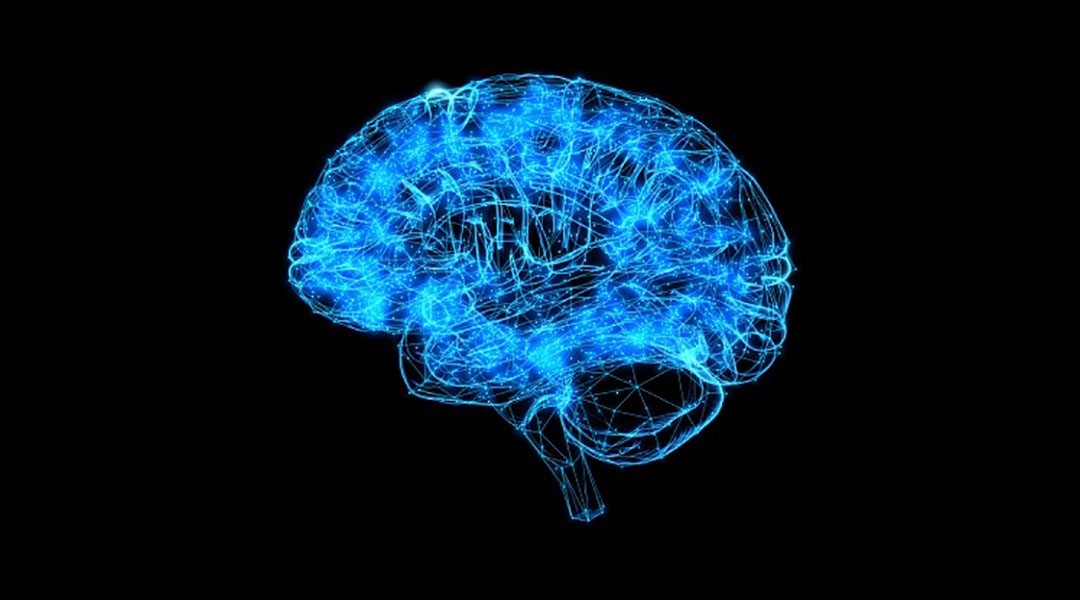
In a small group of patients, language and memory showed improvement for up to 3 months after ultrasound brain stimulation therapy.

We have the potential to end the HIV epidemic. But why hasn’t it happened yet?

Researchers are increasingly interested in how a systems biology approach may be used to tackle multi-scale heart problems.
![An Artificial Cell-On-A-Chip [Video]](https://www.advancedsciencenews.com/wp-content/uploads/2019/12/bacteria-359956_1920.jpg)
An artificial cell, which uses a microfluidics-based approach to engineer a modular and programable artificial‐cell‐on‐chip.
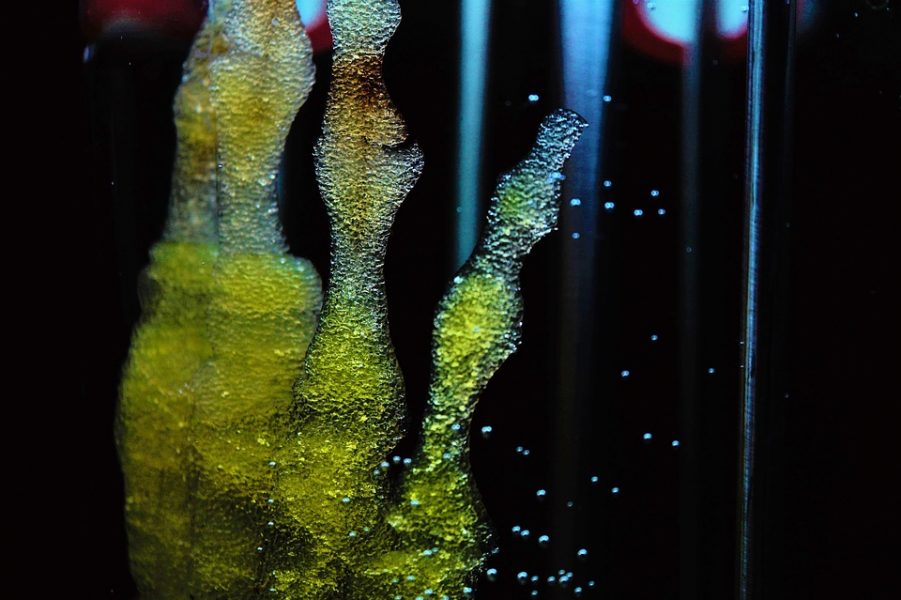
Scientists take us a step closer to making cell transplantation a viable clinical option.
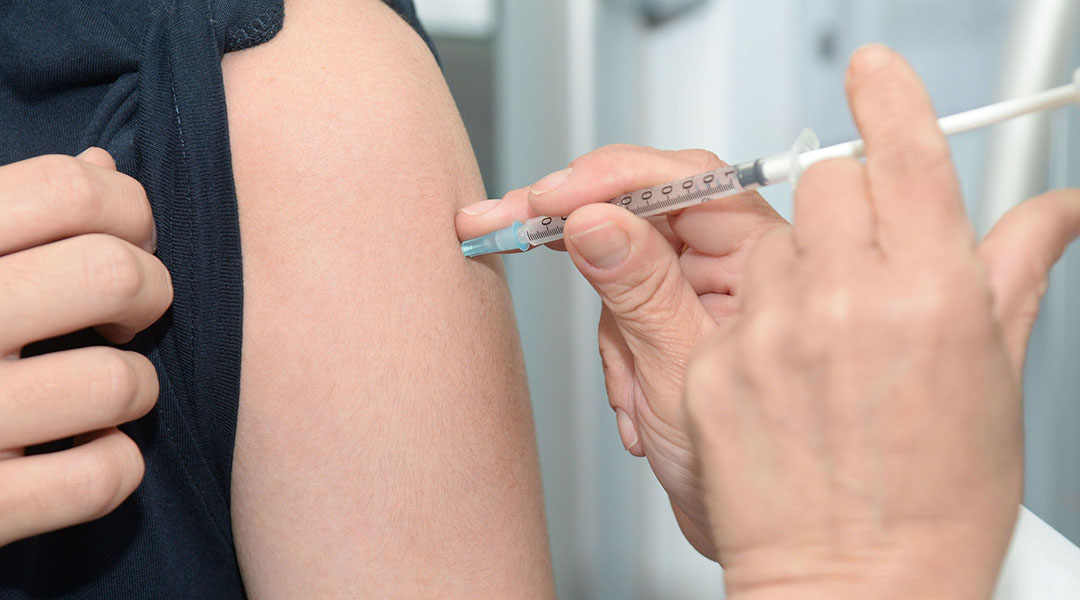
Gilbert X. Gonzalez tells how his lab are working on influenza vaccines that can overcome the problems of the seasonal influenza vaccine.